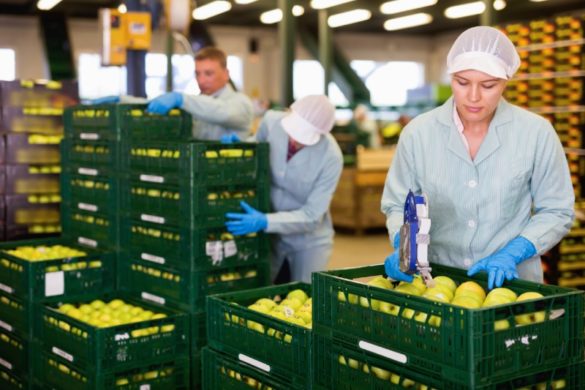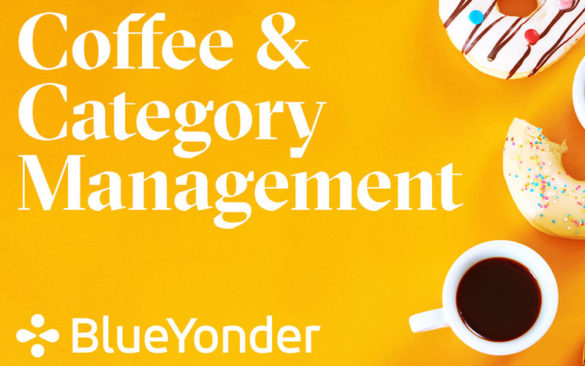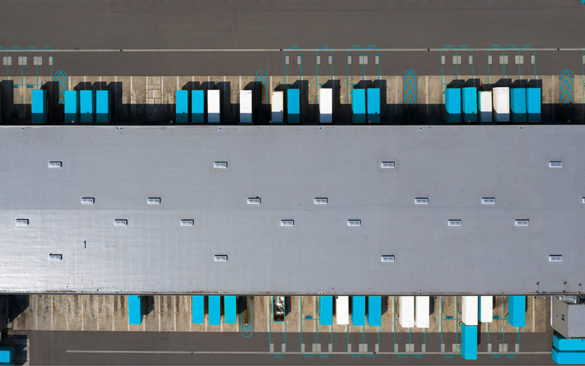6 Key Supply Chain Planning Strategies to Prepare for the New Normal
This blog was co-authored by Steve Thrift, CFPIM, PMP with Chainalytics. By now we all understand the importance of adapting to the impacts of COVID-19. The critical question now is, what do we need to do to prepare for recovery, a potential second wave, and…
Blue Yonder CloudCon 2020 – Modernize and Transform Your Business Now with SaaS
Turn Disruption into Opportunity with the Power of Cloud The COVID-19 pandemic has highlighted the clear need for supply chains resiliency like never before. In this time of disruption, there is also a great opportunity for companies to recalibrate and reimagine their supply chain strategies…
Digital Supply Chains: Now or Never for Retailers
Things have never stood still in the retail world. With lines blurring between physical and digital worlds, and ever-changing consumer demands, retailers find themselves continuously evolving to keep pace with competitors. Today, more than ever, retailers need to be agile, responsive and resilient. The COVID-19…
Good AI vs. Bad AI
Blue Yonder and WMG, University of Warwick recently released a report exploring the digital readiness of today’s retail supply chains with only 15% of global retailers reporting prescriptive or autonomous supply chains driven by artificial intelligence (AI) and machine learning (ML). However, over half of those surveyed…
Blue Yonder and Yantriks Deliver Superior E-commerce Experiences through a Reimagined Customer-centric Supply Chain
Today’s supply landscape is radically unlike what it was even at the beginning of the year. In the face of an unprecedented crisis of global proportions, what became clear in the supply chain landscape is the unstoppable growth of e-commerce. The new world of retail…
Operating Responsibly During a Pandemic
Retail sales declined 16% in April, according to a recent report from the Commerce Department, marking the largest two-month decline on record. As the COVID-19 crisis continues to…
Leveraging VR in the New Normal
The most important part of the planogram process is not only execution but the pre-work before making the planogram available. Many retailers today work with their suppliers to pre-set the planogram in what is known as the retailer set room. During this time, the planogram…
How COVID-19 is Transforming Automotive and Industrial Supply Chains
Automotive and industrial manufacturing plants are being shuttered around the world, which has affected not just the OEMs but also their Tier 1, Tier 2, and Tier 3 suppliers.
Bringing It All Together: Category Management and Supply Chain with Blue Yonder
In this video blog, I will discuss and explore the changes and an end-to-end supply chain integration as a wholistic process leveraging category management, supply chain planning, logistics, and store operations that are supported on the Blue Yonder Platform.
Connecting and Optimizing Freight Capacity with Blue Yonder
Trucking companies have long known that there is waste in their system, a lot of waste. About $3 billion worth of it comes from empty miles traveled, according to Shelley Simpson of JB Hunt in an interview with Freight Waves magazine. Bobtailing and suboptimal routing…









